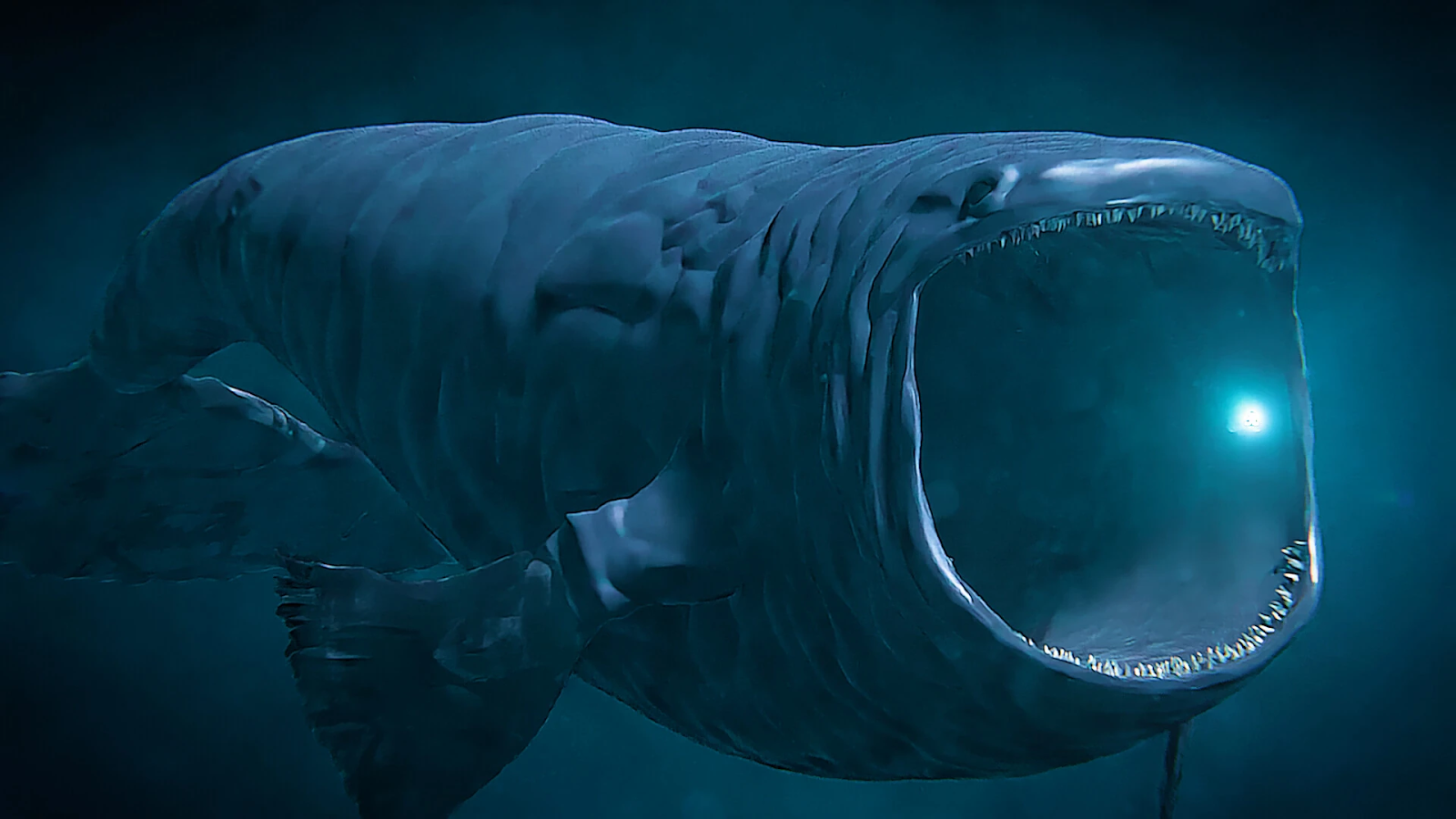OI (Organoid intelligence) base is the neurons. Those neurons form a biological central processing unit. Those neurons are living cells. And that means they are sensitive to the same infections and chemicals as human brain cells. There is the possibility that things like nerve gases have destructive effects on the OI-based systems. Organic robots or implanted animals like electric eels can be dangerous to computers. The microchips can control those creatures' electric impulses.
But there is the possibility that bioengineered robots like microchip-controlled electric eels can use to reprogram those neurons. Or there is the possibility that bioengineers are creating a snake-electric eel hybrid by using genetic engineering. Those persons will control that animal by using implanted microchips. And the electric impulses that this creature creates can use to reprogram microchips. The thing is that the microchip-controlled fungus that creates electric impulses can use to send electric impulses to the computers.
Could the mysterious "the Bloop" be some kind of biological submarine?
Above: Artists' impression of the Bloop
The bioships or biological submarines.
One man can control even the largest submarines using advanced computing and interfaces that are similar to gaming interfaces. Or the BCI (Brain Computer Interface).
We know that electric eels can make very high-voltage electricity. And biological batteries can connect the same way as conventional batteries. So it is almost possible that somewhere in the ocean patrols some submarine that uses electricity, that it creates by using the same cells that make electricity for the electric eels.
But there is a fascinating idea about bioengineered creatures. Have you ever heard about the Bloop? The hypergiant sea creature is known only for its sound. Well, there is a theory that the Bloop is a biological submarine. In that theoretical model, two of the most out layers of this creature are living tissue. The system takes nutrients from the sea, and that biological tissue creates electricity for the cylinder-shaped crew capsule.
In this theory, the same cells that make electricity for the electric eel are making electricity for computers and driving systems. In the wildest visions, there can even be made a Tipler cylinder in that kind of biological submarine. The system will accelerate hydrogen ions between two layers. The thing is that the cells of electric eels can use in biological power units for robots. That Tipler cylinder in the artificial whale or submarines is, maybe, a little bit too unconventional. The Bloop is only a hypothesis, but the theory of its artificial origin as bioship is fascinating.
https://en.wikipedia.org/wiki/Bloop





No comments:
Post a Comment
Note: Only a member of this blog may post a comment.